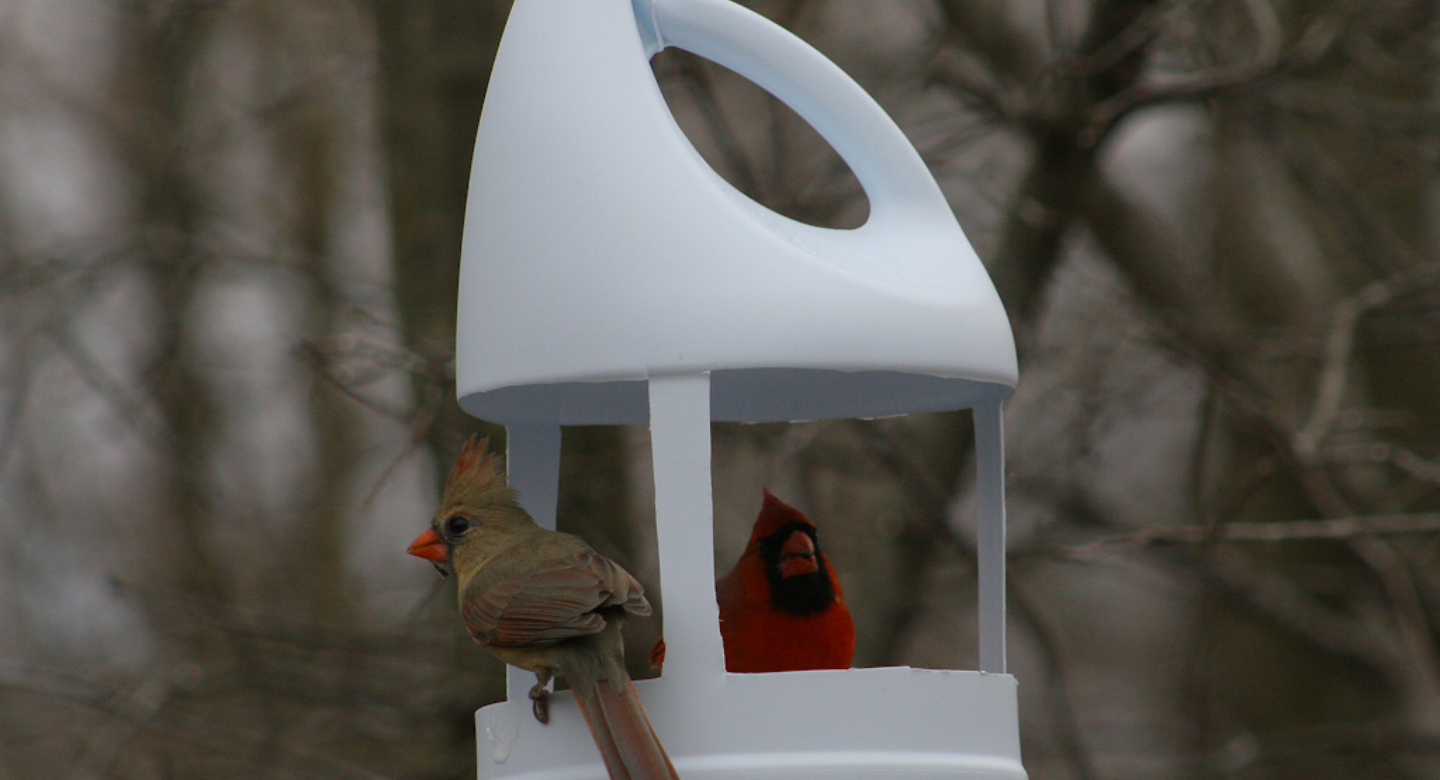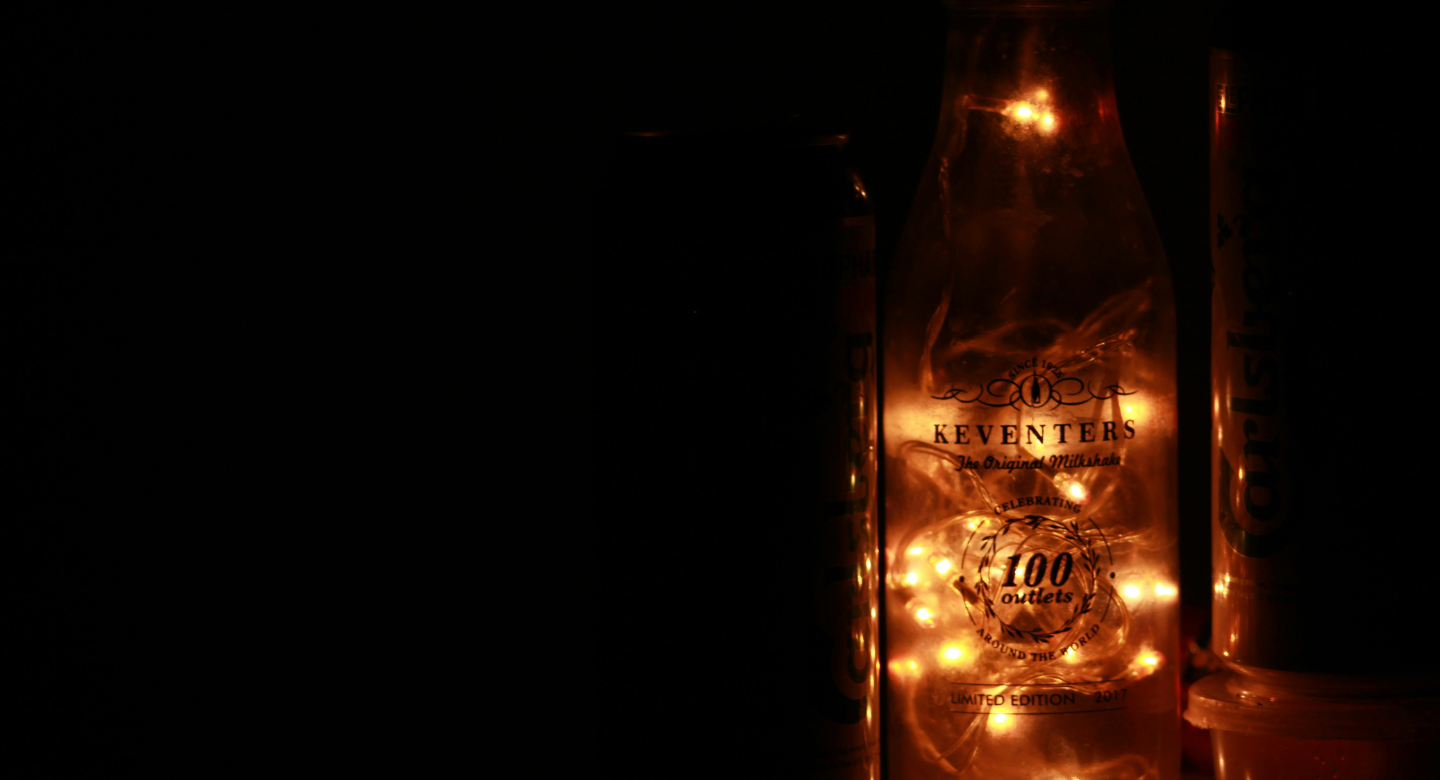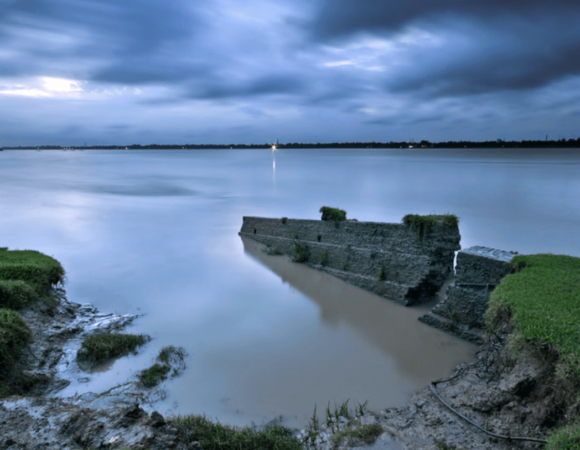5 Creative DIY Projects to Reuse Plastic Bottles at Home Sustainably
If you’re someone who ends up with used bottles lying around, these DIY projects to reuse plastic bottles at home sustainably are perfect for you! Rather than throwing them away, why not transform them into useful, eco-friendly items?
Table of Contents
ToggleFrom planters to organizers, here are 5 easy plastic bottle crafts that combine creativity and sustainability — all while helping reduce your plastic footprint. These eco-friendly DIY ideas are beginner-friendly and great for all ages.
1. Hanging Planter from a Plastic Bottle
Give your balcony or kitchen a green touch with this lovely plastic waste reuse idea.

Materials Needed:
- Clean plastic bottle (2-liter works best)
- Sharp scissors or craft knife
- Small pebbles or stones
- Potting soil
- Small plants or seeds
- Jute rope or non-toxic paint
- String or twine for hanging
- Drill or heated nail (for drainage holes)
Detailed Steps:
- Prepare the bottle: Thoroughly clean the plastic bottle and remove all labels. Let it dry completely.
- Cut the bottle: Measure approximately 5-6 inches from the bottom and cut the bottle horizontally. Keep the bottom part for your planter.
- Create drainage: Using a heated nail or small drill bit, pierce 5-7 small holes in the bottom for proper water drainage.
- Decorate: You have two options:
- Paint option: Apply 2-3 coats of non-toxic paint suitable for plastic. Allow each coat to dry completely.
- Rope option: Apply strong glue in sections and wrap jute rope around the bottle, covering the entire exterior.
- Prepare for planting: Add a layer of small pebbles (about 1 inch) at the bottom to improve drainage.
- Add soil: Fill about 2/3 of the container with good quality potting soil.
- Plant: Add your chosen plants or seeds according to their specific planting requirements.
- Hanging setup: Drill three evenly spaced holes near the rim. Thread string or twine through these holes and tie them together at the top.
Pro Tips:
- Use translucent bottles for herbs that don’t mind some light reaching their roots.
- Create a self-watering system by leaving the cap on and drilling a small hole in it, then inverting the top half of the bottle into your planter.
- For outdoor use, choose UV-resistant paint to prevent degradation.
This sustainable home idea not only reduces plastic waste but also introduces more greenery into your living space!
2. DIY Drip Irrigation System
This smart project helps water your plants efficiently using an upcycled bottle. Perfect for eco-friendly DIY enthusiasts who want to conserve water while keeping plants healthy.

Materials Needed:
- Clean plastic bottle (any size, but 1-2 liter works best)
- Pin or small nail
- Scissors
- Optional: duct tape
Detailed Steps:
- Clean the bottle: Wash thoroughly and remove all labels.
- Create irrigation holes: Using a heated pin or small nail, poke 10-15 tiny holes around the bottom third of the bottle and 3-5 holes in the cap.
- Test water flow: Fill with water to ensure it drips slowly rather than flows quickly. Add more holes if needed.
- Installation option 1 – Buried method:
- Dig a hole next to your plant, about 3/4 the height of your bottle.
- Place the bottle in the hole with the cap pointing down.
- Fill in soil around the bottle, leaving the bottom exposed for refilling.
- Installation option 2 – Surface method:
- Cut off the bottom of the bottle.
- Bury the cap end about 2-3 inches into the soil near your plant.
- Leave the cut end exposed for easy refilling.
Pro Tips:
- For larger garden beds, connect multiple bottles with flexible tubing for an expanded system.
- Cover the exposed parts with mulch to prevent algae growth and evaporation.
- Add a tablespoon of liquid fertilizer to the water occasionally for an easy feeding system.
- For long-term use, paint the exposed parts to prevent UV degradation of the plastic.
This plastic waste reuse technique can reduce water usage by up to 70% compared to surface watering!
3. Plastic Bottle Bird Feeder
Invite nature to your home with this adorable bird feeder made from waste. This plastic bottle craft will bring colorful visitors to your garden while promoting biodiversity.

Materials Needed:
- Clean plastic bottle (2-liter works best)
- 2-4 wooden spoons or dowels
- Sharp scissors or craft knife
- String or wire for hanging
- Bird seed
- Waterproof paint or decorative materials (optional)
- Drill or heated screwdriver
Detailed Steps:
- Prepare the bottle: Clean thoroughly and remove all labels.
- Create feeding windows: Mark two opposing rectangular “windows” about 2 inches high and 1.5 inches wide, positioned about 2 inches from the bottom of the bottle.
- Cut windows: Carefully cut along the marked lines using scissors or a craft knife. For safety, start with a small hole and then use scissors to cut the rectangular shape.
- Create perches:
- Drill or melt holes directly below each window.
- Insert wooden spoons or dowels through these holes to create perches for birds.
- If using wooden spoons, insert them with the handle end out and the spoon part inside to create a small “dish” for seeds.
- Add drainage: Create 3-4 tiny holes in the very bottom to allow rainwater to drain.
- Create hanging mechanism: Drill two small holes at the top of the bottle, thread string or wire through, and tie securely.
- Decorate: Use non-toxic, waterproof paint or attach natural materials like bark or twine to make it blend with the environment.
- Fill and hang: Remove the cap, fill with birdseed, replace the cap, and hang from a tree branch or hook at least 5 feet above the ground.
Pro Tips:
- Use clear bottles so you can easily see when feed levels are low.
- Hang in a sheltered area to protect from strong winds.
- Position away from places where cats might hide.
- Clean the feeder monthly with mild soap and water to prevent mold growth.
- Try different types of seed to attract different bird species.
This upcycling plastic bottles project helps local wildlife while reducing plastic waste!
4. Organizer from Plastic Bottles
Say goodbye to clutter with this handy reuse idea. This is one of the most practical plastic bottle crafts for organizing your home or office.

Materials Needed:
- 3-6 clean plastic bottles of the same or varying sizes
- Sharp scissors or craft knife
- Sandpaper (fine grit)
- Decorative materials (fabric, washi tape, paint, etc.)
- Strong glue or hot glue gun
- Cardboard or sturdy base material (optional)
- Clear varnish (optional)
Detailed Steps:
- Prepare bottles: Clean thoroughly and remove all labels.
- Cut bottles: Measure and mark a line around each bottle at desired height (usually 3-6 inches from the bottom). Cut along this line to remove the top portion.
- Smooth edges: Use fine sandpaper to smooth the cut edges to prevent scratches.
- Decoration options:
- Paint option: Apply 2-3 coats of acrylic paint suitable for plastic. Let each coat dry completely.
- Fabric option: Cut fabric to size, apply glue to the outside of the bottle, and wrap fabric around. Secure with more glue.
- Rope option: Apply glue in sections and wrap jute or decorative rope around the bottle.
- Finishing touches: Apply clear varnish for durability if desired.
- Organization options:
- Individual containers: Use separately for different items.
- Connected organizer: Glue bottles side by side or in a pattern onto a cardboard base.
- Tiered organizer: Create different heights for visual interest and space efficiency.
Pro Tips:
- Use bottles of different sizes for storing various items – smaller ones for paper clips and larger ones for markers or brushes.
- Color-code your organizers for different categories of items.
- For kitchen use, make sure the decoration materials are washable.
- Add labels to easily identify contents.
- For kids’ rooms, create fun animal shapes by adding googly eyes and decorative features.
This sustainable home idea brings order to chaos while demonstrating creative plastic waste reuse!
5. Decorative Fairy Light Bottle Lamp
Bring some glow into your home without harming the planet. This eco-friendly DIY creates a magical atmosphere while repurposing plastic.

Materials Needed:
- Clean, clear plastic bottle (any size)
- String fairy lights (battery-operated or solar-powered)
- Decorative materials (glass paint, tissue paper, glitter, dried flowers, etc.)
- Craft knife or scissors
- Clear craft glue
- Sandpaper (optional)
- Battery pack holder (if using battery lights)
Detailed Steps:
- Prepare the bottle: Clean thoroughly, remove all labels, and dry completely.
- Create opening for lights: If using battery-operated lights, cut a small discreet opening near the bottom of the bottle to feed the battery pack through.
- Surface preparation: For better paint adhesion, lightly sand the outside of the bottle (optional).
- Decoration options:
- Glass paint: Apply translucent glass paint in patterns or solid colors. Allow to dry between layers.
- Tissue paper: Cut colorful tissue into small pieces, apply diluted glue to the bottle, and attach pieces in an overlapping pattern.
- Nature-inspired: Apply glue and attach dried flowers, leaves, or small seashells.
- Glitter effect: Apply glue in patterns and sprinkle with fine glitter.
- Insert lights: Carefully feed the string of lights into the bottle, arranging them evenly.
- Power source setup:
- For battery lights: Position the battery pack for easy access to switch on/off.
- For solar lights: Ensure the solar panel is positioned to receive sufficient daylight.
- Finishing touches: Add decorative elements to the neck or cap of the bottle.
Pro Tips:
- Choose lights with a timer function for energy efficiency.
- Use warm white lights for a cozy atmosphere or multicolored for a festive look.
- Create themed bottles for different seasons or holidays.
- For outdoor use, ensure all openings are sealed to prevent water entry.
- Cluster several bottles of different sizes together for a dramatic lighting effect.
This upcycling plastic bottles project transforms waste into a beautiful home accent!
Conclusion About 5 Creative DIY Projects to Reuse Plastic Bottles at Home Sustainably
These DIY projects to reuse plastic bottles at home sustainably prove that plastic waste reuse can be creative, functional, and rewarding. Not only do these projects reduce your environmental impact, but they also add a personalized touch to your home.
Whether you’re looking for fun plastic bottle crafts or long-term sustainable home ideas, reusing what you already have is the smartest first step toward a greener future.
Bonus Tips for Sustainable Crafting
- Collect and clean strategically:
- Set up a dedicated rinse station to clean bottles immediately after use.
- Remove labels using warm water and baking soda for stubborn adhesives.
- Dry bottles thoroughly to prevent mold growth before crafting.
- Community involvement:
- Organize a plastic bottle collection drive in your neighborhood.
- Host a crafting workshop to teach others these eco-friendly DIY techniques.
- Donate extra upcycled items to local schools or community centers.
- Extend the lifespan:
- Apply UV-resistant clear coat to outdoor plastic bottle crafts.
- Repair rather than replace when your upcycled items show wear.
- Create a maintenance schedule for your sustainable home ideas.
- Document and share:
- Photograph your before-and-after transformations.
- Create step-by-step tutorials to inspire others.
- Use hashtags like #PlasticReborn, #GreenLiving, and #UpcyclingPlasticBottles to spread awareness.
- Educational opportunity:
- Use these projects as teaching moments for children about recycling and sustainability.
- Calculate and track the amount of plastic you’ve diverted from landfills through your crafts.
- Research additional ways to reduce plastic consumption in your daily life.
Remember, every plastic bottle craft you create is one less piece of plastic in our landfills and oceans. These DIY projects to reuse plastic bottles at home sustainably aren’t just crafts—they’re part of a global solution to our plastic waste crisis!
What’s your favorite way to reuse plastic bottles? Share your eco-friendly DIY ideas in the comments below!
Explore More Such Blogs
Bioenzyme The Nature’s Magic Cleaner
How to Make Compost from Kitchen Waste
Frequently Asked Questions (FAQs) About 5 Creative DIY Projects to Reuse Plastic Bottles at Home Sustainably
Are all plastic bottles suitable for these DIY projects to reuse plastic bottles at home sustainably?
Most plastic bottles can be repurposed, but look for recycling codes 1 (PET) and 2 (HDPE) for the safest options. Avoid bottles that previously contained chemicals, pesticides, or motor oil. Always clean thoroughly with warm soapy water and ensure proper drying before starting any plastic bottle crafts.
How long do these plastic waste reuse projects typically last?
When properly made and maintained, indoor items like organizers can last 3-5 years. Outdoor projects exposed to elements may last 1-2 years before showing signs of degradation. Applying UV-resistant clear coat to outdoor items can significantly extend their lifespan. Remember that even temporary use of these sustainable home ideas diverts plastic from landfills.
Can children safely participate in these eco-friendly DIY projects?
Absolutely! Children can help with decoration, painting, and filling the finished projects. Adult supervision is recommended for steps involving cutting, drilling, or using heated tools. These plastic bottle crafts provide excellent opportunities to teach children about sustainability while developing their creativity and fine motor skills.
What’s the best way to cut plastic bottles cleanly?
Start with a small pilot hole using scissors or a heated nail, then insert scissors and carefully cut along your marked line. For cleaner edges, wrap masking tape around the bottle where you plan to cut to prevent slipping. Always sand the edges after cutting to remove any sharp points, especially for upcycling plastic bottles projects that will be handled frequently.
Do I need special paint for plastic bottle crafts?
For best results, use acrylic paints specifically designed for plastic surfaces or spray paints labeled for plastic adherence. Lightly sanding the surface before painting helps with adhesion. Applying a base coat of primer designed for plastic will significantly improve paint durability and appearance for your eco-friendly DIY projects.
How can I prevent my drip irrigation system from clogging?
Use filtered water when possible and periodically clean the system by flushing with a mixture of water and white vinegar. Make the holes slightly larger than you think necessary, as they tend to clog more easily when very small. Covering the soil around your plastic waste reuse irrigation system with mulch helps prevent soil particles from entering the holes.
Will birds really use a feeder made from plastic bottles?
Yes! Birds are attracted to the food, not the container. Position your feeder in a quiet area away from predators and give birds a few days to discover it. Keep it filled consistently and clean it regularly to prevent mold. Many birdwatchers report that these sustainable home ideas are just as effective as commercial feeders.
How can I make my plastic bottle planters more decorative?
Beyond paint and rope, try decoupage with decorative napkins, create texture with hot glue patterns before painting, attach decorative stones with strong adhesive, or wrap with colorful washi tape. For seasonal themes, add removable decorative elements like ribbon, small ornaments, or themed stickers to your upcycling plastic bottles projects.
Can I use these plastic bottle crafts for gift-giving?
Absolutely! The organizers make perfect desk accessories, the planters can be given with herbs or succulents, and the light bottles make unique night lights or party decorations. Include a small note explaining the sustainable aspect of your gift to spread awareness about plastic waste reuse. Personalize them with the recipient’s favorite colors or themes.
How much plastic waste can I divert through these DIY projects to reuse plastic bottles at home sustainably?
The average American uses approximately 156 plastic bottles annually. By repurposing just one bottle weekly, you could divert over 50 bottles per year from landfills. A family of four could potentially save 200+ bottles annually through these eco-friendly DIY projects. Every bottle repurposed represents approximately 450 years of waste decomposition time avoided.







